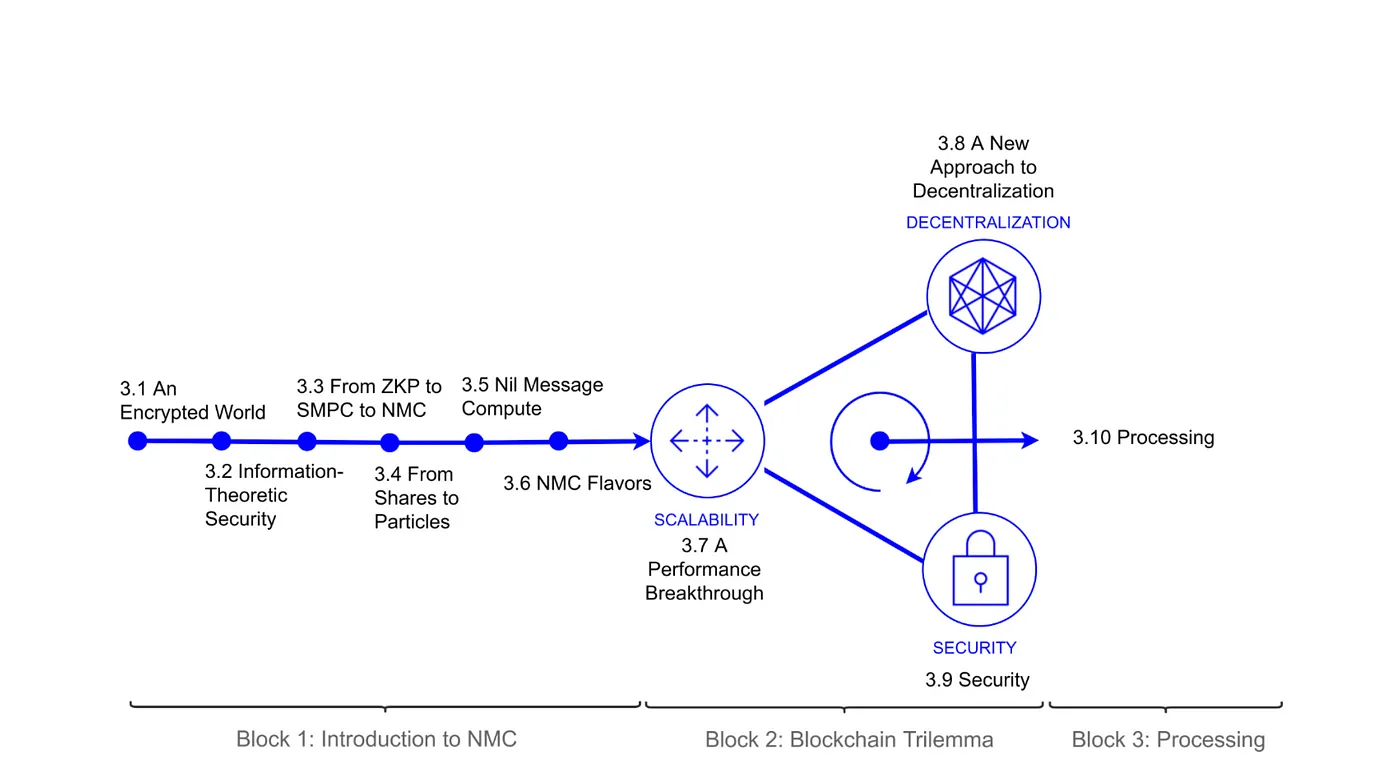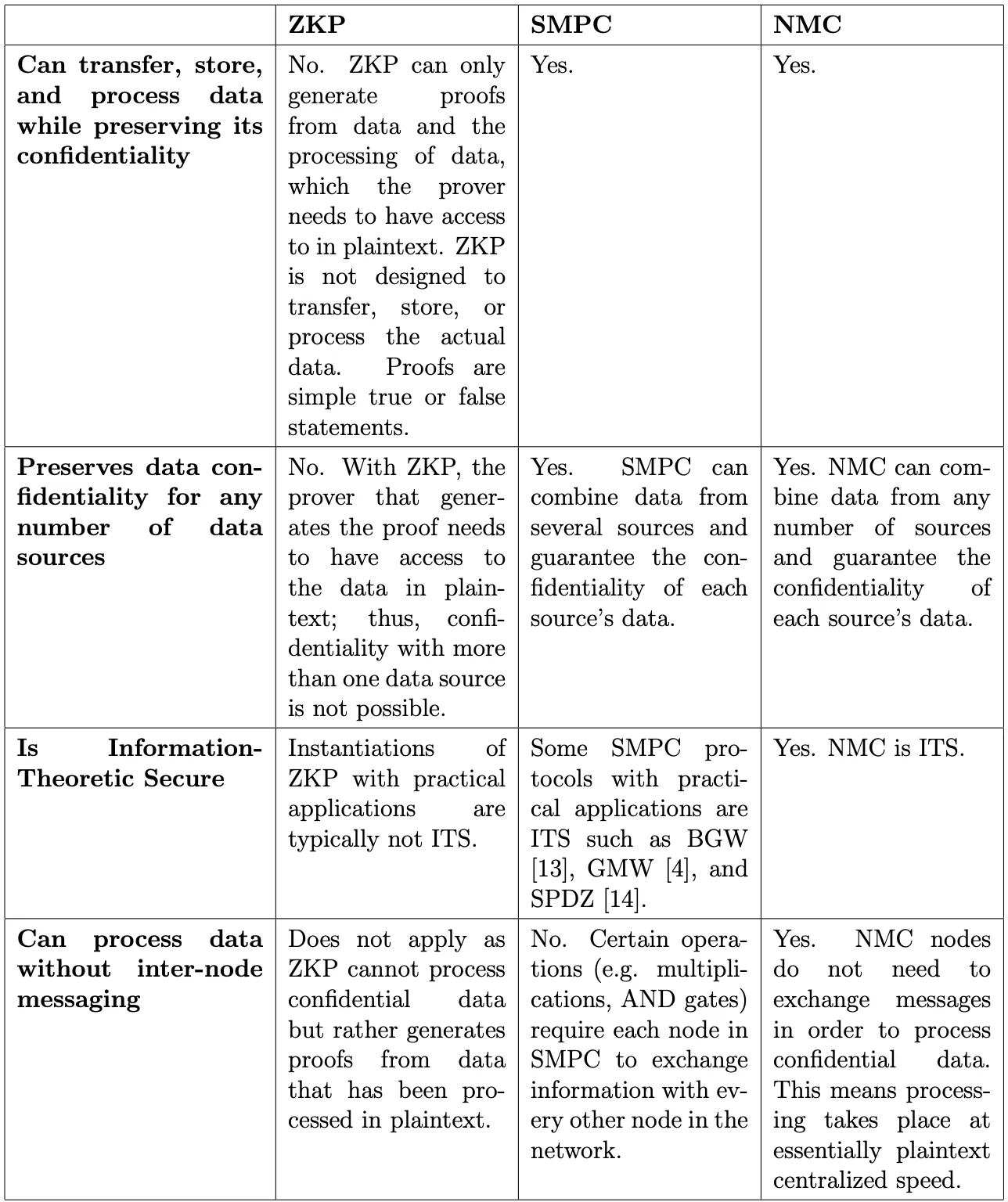Nillion is a new blockchain solution for ZK transactions providing it’s own Nil Compute Messaging system
Project links
Discord
Twitter
WhitePaper
So let’s talk about ZK and Nillion
Firstly you need to know what ZK is
Zero-knowledge(ZK) technology is a type of technology that allows a person (or computer system) to prove that they possess certain information, without actually revealing the information itself. This can be useful in situations where it is important to confirm that someone has certain knowledge or credentials, but where it is not necessary or desirable to reveal the details of that knowledge.
For example, imagine that Alice wants to prove to Bob that she knows the secret password to a secure website, without actually telling Bob what the password is. Alice could use zero-knowledge technology to create a “proof” that she knows the password, which Bob could verify without learning the password itself. This could be useful in situations where the password is sensitive and Alice wants to keep it confidential.

In a more technical sense, zero-knowledge technology involves using complex mathematical algorithms to create “proofs” that can be verified by other parties, without revealing the actual information being proven. This can be useful in a variety of contexts, including cryptography, cybersecurity, and other fields where the confidentiality of information is important.
What’s Nillion brings as ZK-roll up solution?
Nillion allows nodes in a decentralized network to work in a unique, non-blockchain, way.
While Nillion represents a revolutionary leap from a predecessor technology known as Secure Multi-Party Computation (SMPC), unlike SMPC, network nodes do not have to communicate with one another. Unlike blockchain, nodes do not run immutable ledgers designed to store transaction data.
Instead, new Nillion technology, called Nil Message Compute (NMC), is purpose built for decentralized secure storage and computation and thus opens up new use cases (on the Nillion native network), while also enhancing existing blockchains.
The key thing is Nillion is a NMC, so let’s talk more about it
The NMC protocol powers Nillion’s decentralized and scalable public utility for the secure and fast information processing. In this section, we go through background context and then progressively explain the different elements comprising the NMC protocol.

So basically Nillion providing us a new option to process ZK transactions
From Zero-Knowledge Proof to Secure Multi-Party Computation to Nil Message Compute
Let’s briefly compare ZKP, SMPC, and NMC(Nil Message Compute).
ZKP is currently the main cryptographic primitive providing privacy to blockchain technology, and it underpins many significant privacy tokens and private smart contract enabled protocols. ZKP allows a node (the “prover”) to prove to another node (the “verifier”) that a given statement based on the data they hold is true without sharing this data. Each cryptographic primitive is built for a different purpose and serves different goals.
SMPC is a decentralized protocol that allows multiple parties to collaboratively store and process data while guaranteeing data confidentiality. In addition, some SMPC protocols are ITS (such as BGW [14], GMW [4], and SPDZ [15]). However, the main problem with SMPC is its scalability. Processing confidential data in an SMPC network requires the nodes to exchange a large number of messages when the computation is not trivial. This can easily lead to execution times that take hours. This lack of scalability has been the main factor preventing SMPC from use in many real-world applications.
NMC is the cryptographic foundation underlying Nillion, as it is better suited than ZKP or SMPC for the decentralized storage and processing of confidential data. NMC allows for the implementation of a decentralized, private, performant, ITS, and versatile public network, enabling a range of interesting new use cases

There are a lot more nice things Nillion brings to us you can find details in the Nillion WhitePaper.
From my point of view, I can say that this project desires your attention and can be a leading project of in ZK sector for the coming years.
As a user, you can follow Twitter & Discord (links in the head of the page), watch the project, and take part in community events while waiting for Nillion to go Live